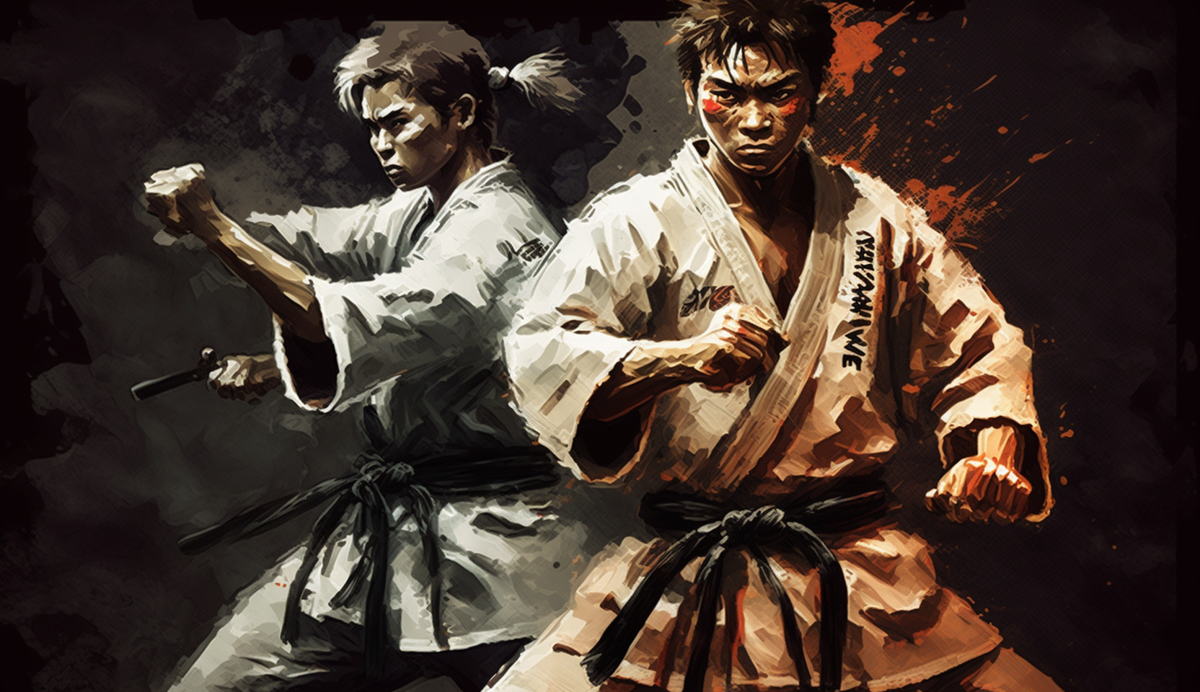How to Choose the Best Karate Gear: A Comprehensive Guide for Martial Artists

As a Pulitzer-winning sports journalist and martial arts expert, I understand the importance of having the right gear and equipment when practicing and competing in karate. Choosing the best karate gear can significantly affect your performance, safety, and overall enjoyment of the sport. In this article, I will guide you through the essential factors to consider when selecting karate equipment to ensure you make the best investment for your martial arts journey.